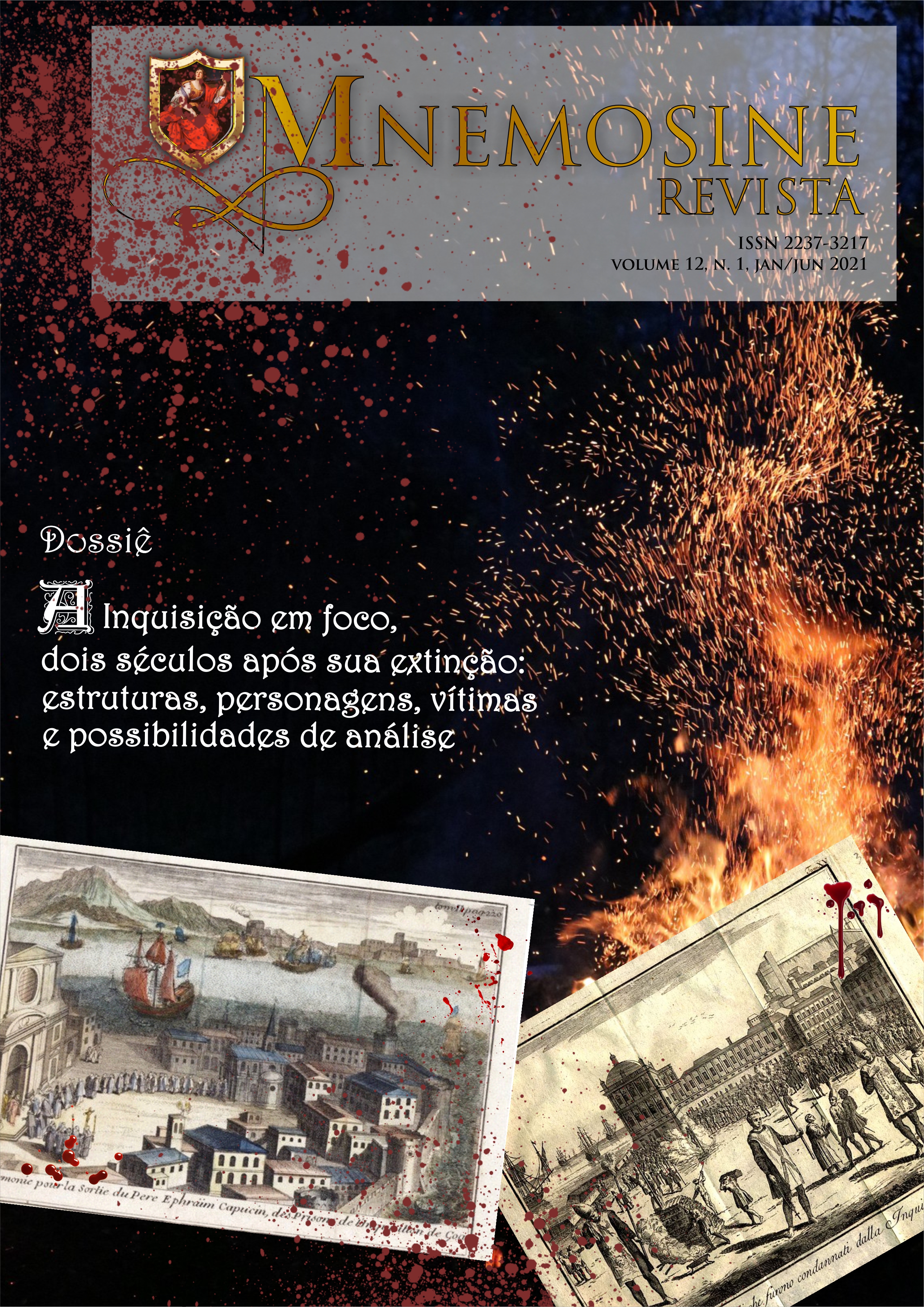URBAN HOUSING VULNERABILITY IN CAMPINA GRANDE-PB: AN APPLIED METHODOLOGICAL PERSPECTIVE
Abstract
The urban space is characterized by the complex and dynamic composition of current social relations. In contemporary times, these relations crystallize under the aegis of the postulates of capitalist society, which, faced with the struggle of classes, imposes a heterogeneity on space in the face of the spacial-time variability of development levels. The article analyzes how the housing issue manifests itself in the municipality of Campina Grande-PB, through a proposal of a system of indicators (Housing Vulnerability Index - VHI). From the IVH, the diagnosis and analysis of the housing problem of the municipality was made. The results analyzed, and spatially evidenced through the map, show that the rural housing reality stands out for the preponderance of the intermediate level of vulnerability. It is observed that in view of the conjuncture aspects, the levels of vulnerability tend to increase, migrating to high and very high; however, if efficient public policies and actions are developed, vulnerability tends to reduce, reaching more satisfactory levels (low and very low). It is noteworthy that the IVH has the ability to provide not only a microspatial analysis, assisting the decision-making process, but also to subsidize interventional actions by institutional political actors, aiming at quality of life and improvement of housing conditions through actions monitored through the processing of information and the use of this tool.












